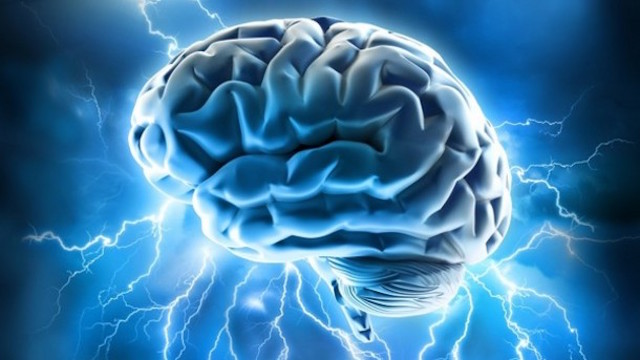A 25-year-old man recovering from a coma has made remarkable progress following a treatment at UCLA to jump-start his brain using ultrasound. The technique uses sonic stimulation to excite the neurons in the thalamus, an egg-shaped structure that serves as the brain’s central hub for processing information.
RELATED: College Students Invent Gloves that Speak Sign Language Out Loud
Monti said the researchers expected the positive result, but he cautioned that the procedure requires further study on additional patients before they determine whether it could be used consistently to help other people recovering from comas.
“It is possible that we were just very lucky and happened to have stimulated the patient just as he was spontaneously recovering,” Monti said.
MORE: ‘Lost’ Memories in Alzheimer Sufferers May Be Recoverable, Says Study
A report on the treatment is published in the journal Brain Stimulation. This is the first time the approach has been used to treat severe brain injury.
The technique, called low-intensity focused ultrasound pulsation, was pioneered by Alexander Bystritsky, a UCLA professor of psychiatry and biobehavioral sciences in the Semel Institute for Neuroscience and Human Behavior and a co-author of the study. Bystritsky is also a founder of Brainsonix, a Sherman Oaks, California-based company that provided the device the researchers used in the study.
CHECK OUT: Scientists Find Cancer’s ‘Achilles Heel’
That device, about the size of a coffee cup saucer, creates a small sphere of acoustic energy that can be aimed at different regions of the brain to excite brain tissue. For the new study, researchers placed it by the side of the man’s head and activated it 10 times for 30 seconds each, in a 10-minute period.
Monti said the device is safe because it emits only a small amount of energy — less than a conventional Doppler ultrasound.
“The changes were remarkable,” Monti said.
CHECK OUT: Harnessing a Virus Like Herpes Has ‘Cured’ Skin Cancer
The technique targets the thalamus because, in people whose mental function is deeply impaired after a coma, thalamus performance is typically diminished. And medications that are commonly prescribed to people who are coming out of a coma target the thalamus only indirectly.
Under the direction of Paul Vespa, a UCLA professor of neurology and neurosurgery at the David Geffen School of Medicine at UCLA, the researchers plan to test the procedure on several more people beginning this fall at the Ronald Reagan UCLA Medical Center. Those tests will be conducted in partnership with the UCLA Brain Injury Research Center and funded in part by the Dana Foundation and the Tiny Blue Dot Foundation.
RELATED: Colorado Doctor Discovered Natural Way To Treat Common Vertigo
If the technology helps other people recovering from coma, Monti said, it could eventually be used to build a portable device — perhaps incorporated into a helmet — as a low-cost way to help “wake up” patients, perhaps even those who are in a vegetative or minimally conscious state. Currently, there is almost no effective treatment for such patients, he said.
The study’s other co-authors are Vespa, who holds UCLA’s Gary L. Brinderson Family Chair in Neurocritical Care and is director of neurocritical care at the Ronald Reagan UCLA Medical Center; Caroline Schnakers, a UCLA neurosurgery researcher; and Alexander Korb, a Semel Institute researcher.
Positivity Is Good For The Mind, Click To Share – Photo by Allan Ajifo, CC




















